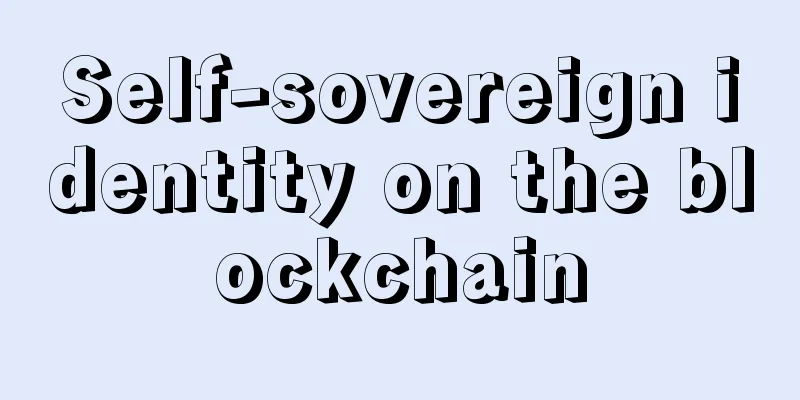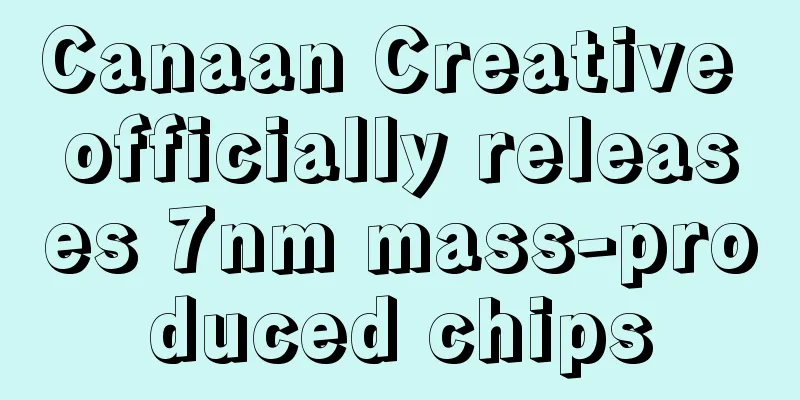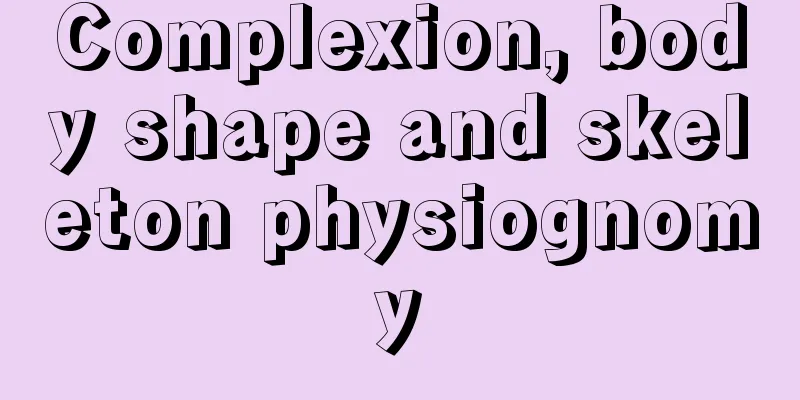Self-sovereign identity on the blockchain

|
A woman appears as a "mother" at home, as an "employee" in the company, as a "lover" in a romantic relationship, and as a "citizen" in the political community. The "identity" we are talking about is not a typo. The Xinhua Dictionary and the National Language Dictionary published before 1978 only had "identity" but not "identity". Later, with the popularity of identity cards, "identity" was gradually accepted. We will not discuss how these two words evolved, but the meaning behind them is worth pondering. The "fen" in "shenfen" includes the meaning of "name", that is, origin, class, occupation, etc. "Shenfen" can be translated as "status", that is, "position, state". However, in our daily life, when it comes to food, clothing, housing and transportation, the word we use most frequently is "shenfen", that is, identity, that is, "identity". Usually, the ID card contains a unique ID number and related attributes (name, place of origin, date of birth, etc.). When you show your ID card, it does not prove that I am me, which is self-evident, but proves that I am "me". "I" represents the data in the government archives, which means that the relationship between me and the data in the government archives is constant, just like A = B, which is what we call "identity". So when you lose your ID card, you are still you, but you lose a part of your relationship with the government file data. In general, the difference between identity and status is that the former emphasizes the attributes of the entity and dynamic changes, while the latter emphasizes the relationship between the entity and the attributes and its constancy. Understand the subtle differences between "identity" and "identity", and clarify the meaning of the concept of "identity" in order to lay the foundation for our subsequent discussion of "autonomous identity on the blockchain". Digital identity on the Internet mainly solves two problems: authentication and authorization, that is, what can you do and what do you own? However, the Internet has developed to this day and there are still some unsolvable problems, which are:
It is bizarre but realistic that the identity data owned by users needs to be repeatedly proved and does not belong to them. These problems can be attributed to the closed relationship between service providers and the inability of users to protect their identity privacy through conventional means. Today, based on blockchain and asymmetric encryption, self-sovereign identity has become possible. Users do not have to repeatedly register accounts or accounts, and can also keep their identity data themselves. What is "self-sovereign identity on the blockchain"? With asymmetric encryption, the owner of the private key can derive the corresponding address as the unique identifier of the identity, and then associate the identity attributes through smart contracts. Users can selectively disclose their own identity data or authorize third parties to use it. At the same time, due to the decentralized nature of the blockchain, service providers do not have to maintain user identity storage, and can obtain relevant information from the blockchain in a unified manner in a public or authorized manner. Currently, the Ethereum community's solutions for identity are divided into two directions: identity management and identity application. The identity management solution is mainly based on the EIP 725 proposal and Uport, which manages identity through smart contracts. The identity application solution is mainly based on imToken, which uses wallets as carriers for identity applications. Fabian Vogelsteller, the author of EIP 725, mentioned in an interview:
This is also the core of the EIP 725 proposal, which uses smart contracts to manage identities and avoid duplicate identity proofs. The EIP 725 proposal is mainly implemented in three smart contracts, namely Keys, Execution, and Claims contracts:
Example: We need to conduct KYC certification when applying for credit cards. When applying for credit cards from different banks, you need to register the same KYC information repeatedly. With the help of the EIP 725 proposal, your KYC information can be registered in the smart contract. When you need to apply for a card, the contract can call the Claims contract for inspection. If the inspection is correct, the KYC certification can be completed to avoid repeated KYC information registration. Uport's solution is similar to EIP 725, and the specific details are not listed here. The slightly different feature is identity recovery. Now that we understand how smart contracts manage identities, let’s look at how imToken can be used as a wallet. When you use imToken 2.0, you will see identity creation and recovery on the initial page. The following will explain how imToken uses mnemonics to derive multi-chain wallets and the information required to derive related identities. We hope that as a user, you can share imToken’s thoughts and sincerity in blockchain product design. 1. A mnemonic phrase to derive a multi-chain wallet Using the mnemonic as the entropy value of the random number, the relevant algorithm is derived based on asymmetric encryption and the address characteristics of the multi-chain wallet to generate a multi-chain wallet. In the future, users only need to manage one mnemonic, without having to face tedious backup management. Note: Mnemonics need to be backed up carefully 2. Derivation of identity information Drawing on Automatic Encrypted Wallet Backups (BIP DRAFT), a unique identity identifier and public and private keys for authorization, encryption, and backup are automatically generated for users, allowing the corresponding public and private keys to perform their respective functions to meet the application of "autonomous identity" in blockchain scenarios. Finally, imToken hopes to do a good job of identity and remain invisible. Provide users with simple and easy-to-use products without sacrificing rich functions and security. |
<<: Argo Blockchain to build mining farm in Texas
>>: BitDeer Group CEO Kong Linghui: The digital asset industry is entering its best period ever
Recommend
Girls without nose bridge face analysis: Is it good for women to have no nose bridge?
Women without noses are in poor health In fact, p...
DERO is now available on the F2Pool. Potential anonymous coins are waiting for you to mine.
DERO, which has been highly anticipated recently,...
Nasdaq Vice President of Blockchain Innovation: Mainstream adoption of blockchain technology in capital markets is inevitable, but it will take time
Fredrik Voss, vice president of blockchain innova...
Zhong Yi said: Teach you three ways to tell which leader is not worth following!
I believe that everyone often encounters speechle...
Do people with a more even distribution of the three parts of the face have good personalities?
In fact, it is difficult for a person's face ...
Shenyu: How can the mining industry survive in the dark night?
Author: Game Master Show On January 3, F2Pool fou...
Market plunge: Who is selling “value coins”? How long will it take to digest the selling pressure?
On July 5, the crypto market experienced another ...
What does a broken career line mean in palmistry?
How to read the career line on palmistry? The car...
Why are there so few people with the trident palm? Is the Chuanzi Palm good?
The "川" palm is one of the many palm pri...
What kind of men are smart and capable, suitable for starting a business?
Not everyone is suitable for this great and diffi...
Is a man's forehead important? What is good and what is bad?
Is a man's forehead important? What is good a...
With profit margins as high as 90%, energy companies are becoming major players in the cryptocurrency space
Energy companies are becoming a major force in th...
How to tell wealth from palmistry
A person’s wealth can be seen from his palm; then...
What you need to know about love: the secrets of being unfaithful on your palms!
Relationships are a matter between two people. Wh...
Hong Kong's first cryptocurrency hedge fund targets the wealthy with a dividend of HK$70 million during a market crash
Hong Kong, which had been bustling for months bec...









